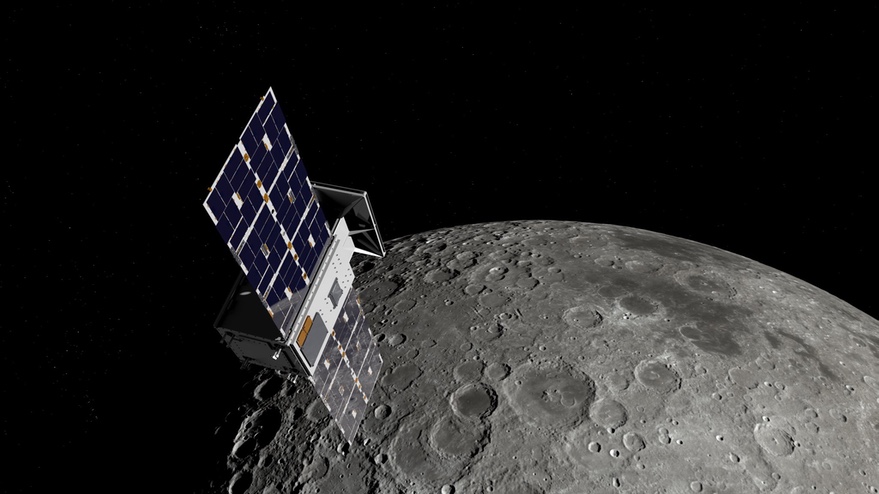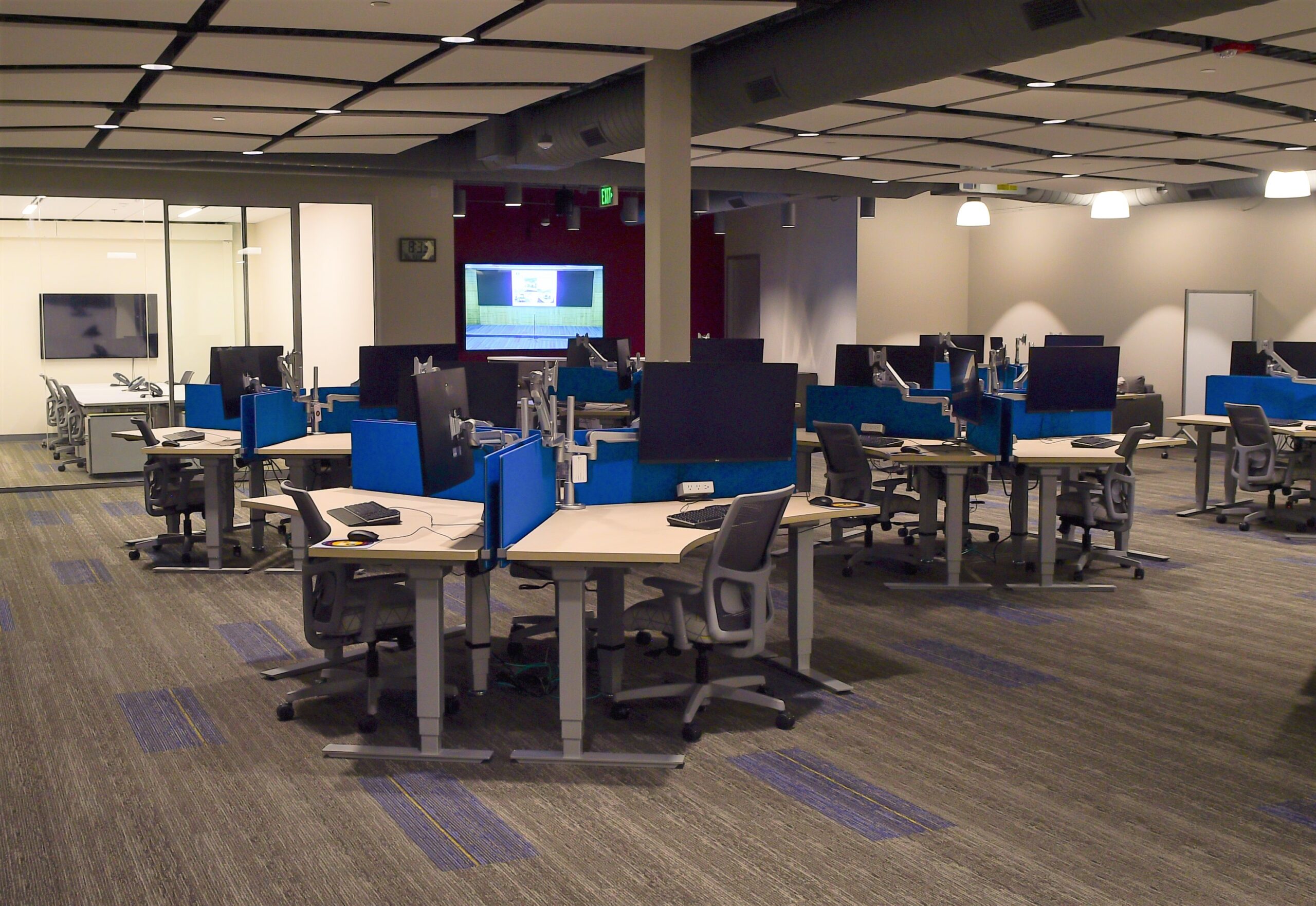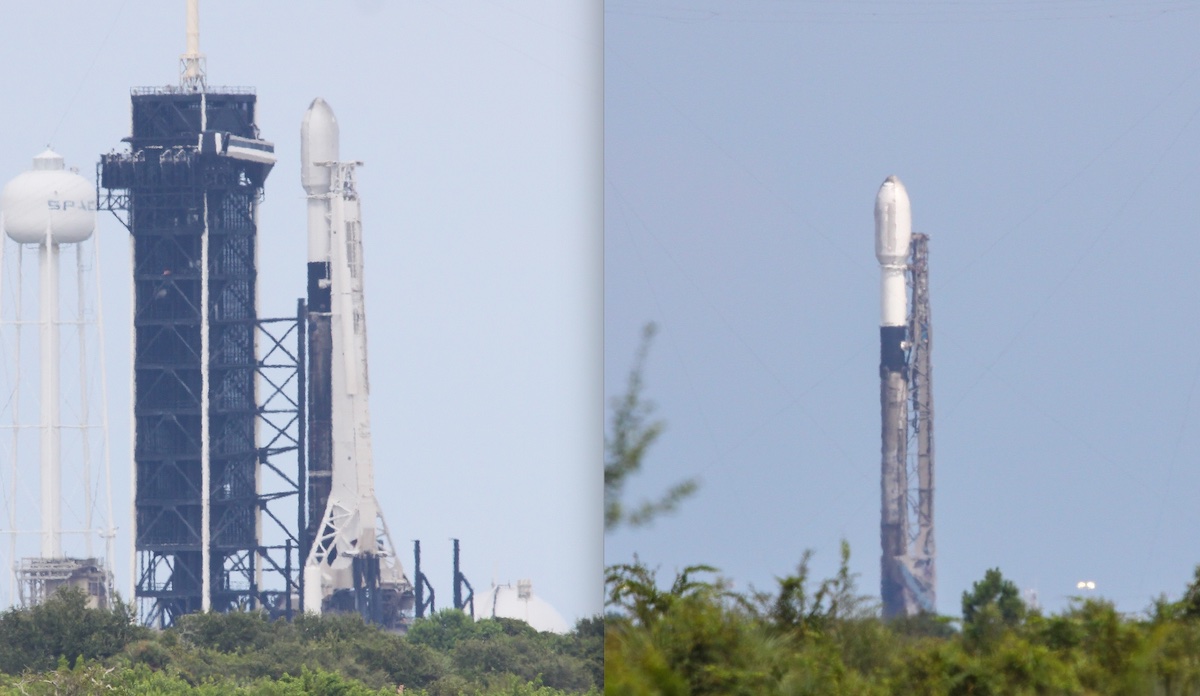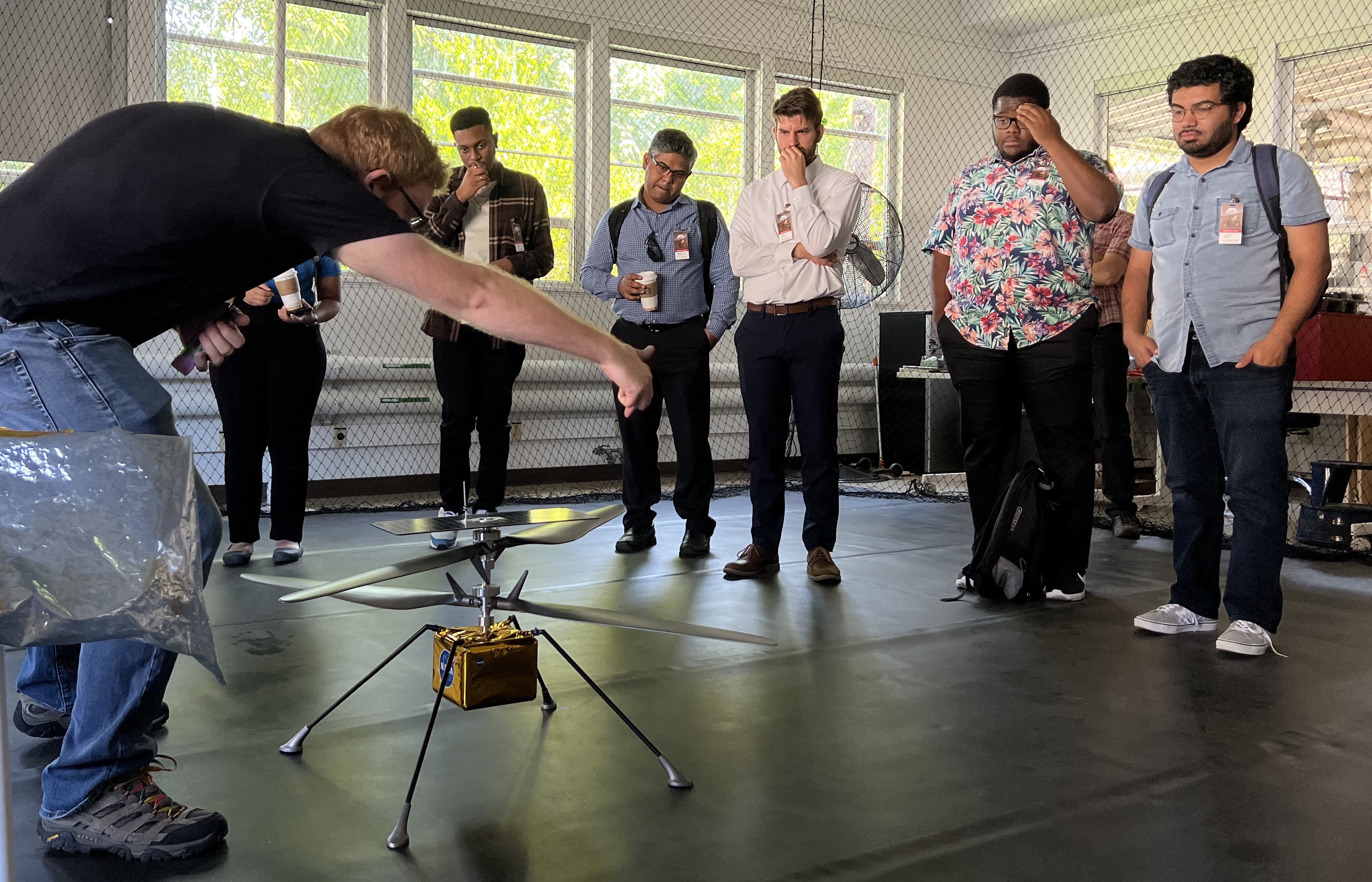CAPSTONE enters safe mode during trajectory correction maneuver
Original Publication Date: 2022-09-11 08:38

NASA-funded cubesat mission to the moon has gone into safe mode. The problem occurred during a trajectory correction maneuver, NASA says. CAPSTONE is a NASA-funded mission to test operations in the near-rectilinear halo orbit. It is scheduled to enter orbit around the moon Nov. 13.
Sierra Space and U.S. military to explore using Dream Chaser for point-to-point cargo delivery
Original Publication Date: 2022-09-10 20:04

Sierra Space signed a cooperative research and development agreement with the U.S. Transportation Command. The agreement is to develop concepts for using Dream Chaser space planes and Shooting Star cargo modules. The company joins a list of commercial space players that are exploring options for using rockets and space vehicles.
SciTec wins $272 million Space Force contract for data analytics software
Original Publication Date: 2022-09-10 11:44

SciTec, a small business based in Princeton, New Jersey, won a $272 million contract. SciTec will develop software to analyze data collected by the U.S. Military's early-warning infrared satellites. The contract is in support of a new ground system to collect and process data.
U.S. to introduce U.N. resolution on ASAT testing ban
Original Publication Date: 2022-09-10 11:07

U.S. Vice President Kamala Harris says measure is an effort to get more countries to join moratorium. Only Canada and New Zealand have formally announced their intent to join moratorium. State Department official said in August that such a resolution was under consideration. Second meeting of U.N. Open-Ended Working Group on norms of behavior for reducing space threats.
SpaceX planning two weekend launches in Florida – Spaceflight Now
Original Publication Date: 2022-09-10 00:00

Two Falcon 9 rockets are set to blast off Saturday night and Sunday night. The missions will add to SpaceX’s constellation of Starlink internet satellites. The launch Saturday will set a new record for rocket reuse, with a Falcon 9 first stage booster going for its 14th flight. The new satellites will bring size of the Starlink fleet to more than 3,000 spacecraft.
NASASpaceFlight.com
The SSLV or Small Satellite Launch Vehicle conducted its launch debut from Sriharikota, India on Sunday, August 7 at 03:48 UTC. An issue with the fourth stage resulted in the satellites being deployed in an unusable orbit. The SSLV program’s genesis was a December 2015 National Institute of Advanced Studies proposal to create a “Small Satellite Launch Vehicle-1”
Commercial Archives
SpaceX launched the Starlink 4-2 rideshare mission on Saturday, September 10, 2022. The weather forecast for the mission showed a 60% chance of acceptable weather on Saturday night. The weather did prompt a minor 10-minute delay to the launch. Onboard Falcon 9 were 34 SpaceX Starlink satellites and the BlueWalker 3 prototype satellite for AST SpaceMobile’s cellular broadband constellation.
International Archives
Spaceport Nova Scotia will be the first orbital launch location for the country. The spaceport will be geared towards service of the medium-lift market using the Ukrainian Cyclone-4M rocket. The spaceport is expected to be completed in 2019. It will be the first of its kind in the world.
Chinese Long March 3B Launches APStar-6C Communications Satellite – Spaceflight101

China successfully launched the APStar-6C communications satellite on Thursday. The Long March 3B rocket lifted off from the Xichang Satellite Launch Center at 16:06 UTC. The satellite will join APT Satellite Holdings’ constellation of Geostationary Communications Satellites. The launch was conducted under the auspices of the China Great Wall Industry Corporation (CGWIC)
Blue Origin’s New Shepard Reaches new Heights in latest Test Flight – Spaceflight101

Blue Origin's New Shepard reached a peak altitude of 107 Kilometers on Sunday. Sunday’s mission was the eighth in Blue Origin’s New Shepard flight test program. The mission was the second for “Crew Capsule 2.0” following up on the successful December 2017 mission that debuted ‘Crew Capsule 2’
ISS Updates – Spaceflight101 – International Space Station

A veteran NASA spacewalker and an EVA rookie from Japan ended their week with nearly six hours of work outside the International Space Station. The restoration of the Station’s Mobile Servicing System started last year and continued in January to provide Canadarm2 with a new pair of grappling hands.
Featured – Spaceflight101

A SpaceX Falcon 9 took to the skies over Florida’s Cape Canaveral Monday afternoon. It was lifting a flight-proven Dragon spacecraft into orbit for a critical delivery of science gear, supplies and maintenance hardware. It was the first of at least six cargo ships inbound to the U.S. Segment of ISS this year.
News – Spaceflight101

Europe’s Copernicus satellite fleet is gearing up for the arrival of its next addition on Wednesday. A Russian Rockot booster set to blast off from the Plesetsk Cosmodrome at 17:57 UTC with the Sentinel-3B multi-function satellite.
Re-Entry: Long March 11 Rocket Body – Spaceflight101

The CZ-11 fourth stage used leftover propellant for a partial de-orbit maneuver, lowering its perigee to 120 Kilometers to significantly accelerate its orbital decay. It is reportedly built around a YF-50 main engine and in a nominal mission conducts the orbital circularization after the three CZ-11 stages finish their job.
NASA’s AIRS Instrument Records Typhoon Hinnamnor Before Landfall

Airlines provides data that is improving weather forecasts and advancing our understanding of Earth’s climate. AIRS, launched in 2002, was the first instrument to reveal the 3D distribution of rain within tropical storms like Hinnamnor. These 3D images have made a major contribution to knowledge of how hurricanes and typhoons develop, improving forecasts and saving lives.
A Cosmic Tarantula, Caught by NASA’s Webb

The Tarantula Nebula is the closest example of what was happening in the universe as it reached its brilliant high noon. Webb will provide astronomers the opportunity to compare and contrast observations of star formation in the Tarantula Nebula with the telescope’s deep observations of distant galaxies.
NASA’s Webb Takes Its First-Ever Direct Image of Distant World

Astronomers have used NASA’s James Webb Space Telescope (JWST) to take a direct image of a planet outside our solar system. The exoplanet is a gas giant, meaning it has no rocky surface and is not habitable. The finding is detailed in NASA’s latest JWST blog entry.
Explore the Solar System With NASA’s New-and-Improved 3D ‘Eyes’

Learn the basics about dwarf planets or the finer points of gas giants. Ride alongside no fewer than 126 space missions past and present. You can follow the paths of spacecraft and celestial bodies as far back as 1949 and as far into the future as 2049. You can rotate objects, compare them side by side, and even modulate the perspective.
Engineers Solve Data Glitch on NASA’s Voyager 1
Engineers have repaired an issue affecting data from NASA’s Voyager 1 spacecraft. Earlier this year, the probe’s attitude articulation and control system began sending garbled information about its health and activities. The team has since located the source of the garbled information: The AACS had started sending the telemetry data through an onboard computer known to have stopped working years ago.
NASA’s Webb Detects Carbon Dioxide in Exoplanet Atmosphere

First clear evidence for carbon dioxide ever detected in a planet outside the solar system. No observatory has ever measured such subtle differences in brightness of so many individual colors across the 3- to 5.5-micron range. Understanding the composition of a planet’s atmosphere is important because it tells us something about the origin of the planet and how it evolved.
NASA Helps Minority-Serving Institutions Refine Tech Proposals

The FSU concept is dubbed Autonomous Systems With On-Demand Inference From Perception Pipelines. The Massachusetts team, led by engineering professor Tomas Materdey, is working on a system of autonomous drones, recharging stations, and sensor nodes. The teams received awards of $50,000 as prizes for their initial concepts.

